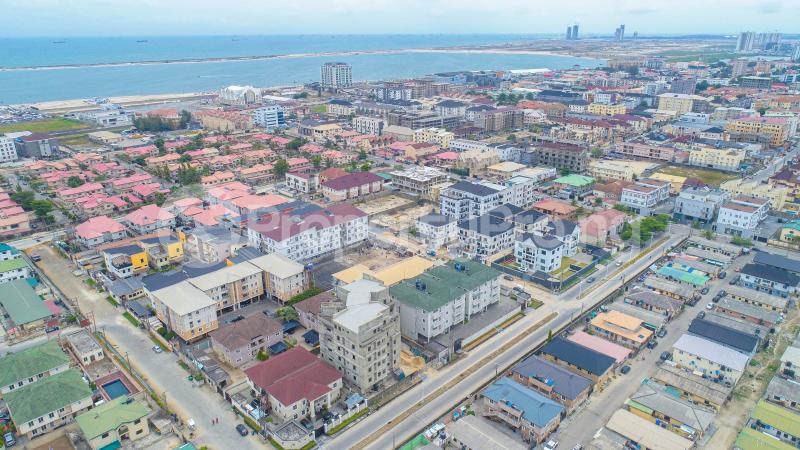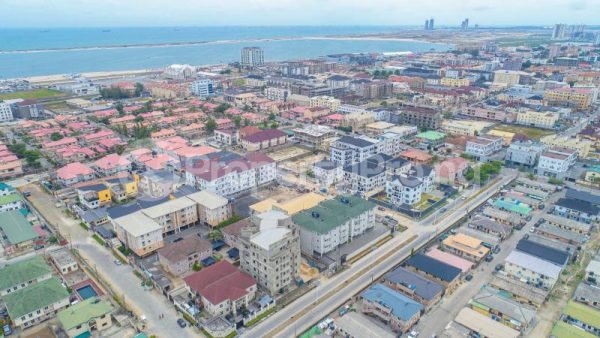I have always said that in many ways the history of Lagos is the history of land grabs. The stories of such land grabs are fixtures of how most districts came about. It is largely a trait that dates back to colonial times. It stands as an unfortunate legacy of colonialism that our elite still uphold even today.
Read more about History
We will focus one particularly sore thumb that still rankles its victims, even today- Maroko. The strip of land between Victoria Island and Lekki Phase 1 in the city of Lagos is now known being more or less as Oniru. But that was not always the case.
Before it became what government officially calls Victoria Island Annex and Lekki Phase 1 today, Maroko was a sprawling shanty-town on the fringes of the more opulent Victoria Island and Ikoyi. The area was, in fact, a land bridge between Victoria Island and the Lekki peninsula. It was originally a swamp-like part of Lagos Island before the city council bought it from the Oniru of Iru for what was quoted to be 250, 000 BWA pounds in 1948. This was the first step in expanding what was a mainly residential Victoria Island.
The community was on the fringes of the Lagos city centre so it was naturally attractive to immigrants who were rushing to make it in Lagos at the time. Factor in that Lagos was still the capital and the ’70s was an especially fortunate period for Nigeria as it was enjoying its oil boom. By the ’80s, the place was home to hundreds of thousands new migrants to Lagos.
Now, Maroko Town was more or less a gateway to the Lekki Peninsula and was becoming more attractive as different factors had led to the gradual commercialization and according to a Business Day investigation from three years ago, 6.7 million Naira was paid by the Lagos State government to the Oniru family in order to acquire the land hence setting the stage for the forceful mass eviction that would happen less than two decades later.
Sign up to the Connect Nigeria daily newsletter
The area had been marked for redevelopment since Lateef Jakande’s time but it was Maj Gen Buhari who somehow delayed that happening in his 20 months in office. Under Babangida, however, luck ran out for Maroko residents as military governor Raji Rasaki moved in security forces to evacuate the area of its residents even as houses were simultaneously being demolished. Just like that, an excess of 300,000 less than privileged persons were removed with no clear plans as to resettlement or compensation for what the government had taken from them.
Many were bonafide landowners and landlords in the area. Their claims were naturally voided with the eviction. Many died in the tumult that greeted having to move on such short notice. The story is told of an elderly man who had once owned a property in Maroko, who drowned in the Lagos Lagoon while trying to cross over to the Ikoyi waterside.
Today, Maroko is unrecognizable. If you didn’t know it or hear of it, you would hardly know it existed. The space is now defined by the popular Oniru Estate and a largely Asian settlement north of Ajose Adeogun, south of Ozumba Mbadiwe Avenue and west of Adetokunbo Ademola Street in Victoria Island.
The opulence looks nothing like the squalor that it was in the ’80s. The price has been an entire generation of people from who Lagos has taken more than it has or could ever give. Many “hoodlums” I know where born in Maroko and their families lost everything as a result.
Here is an interesting closing, after so many court cases and negotiating with the state government, a sizeable group of Maroko’s old residents were resettled at Jakande and Ilasan low-cost housing estates. Both were built during Jakande’s administration in the Second Republic. Both had since deteriorated and had been largely abandoned. The area in question now is in danger of another land grab reminiscent of what happened in Otodo Gbame seven years ago (for those who still remember that more recent tragedy).
Featured Image Source: Property Pro NG
Did you find this article useful? Contact us: [email protected]


